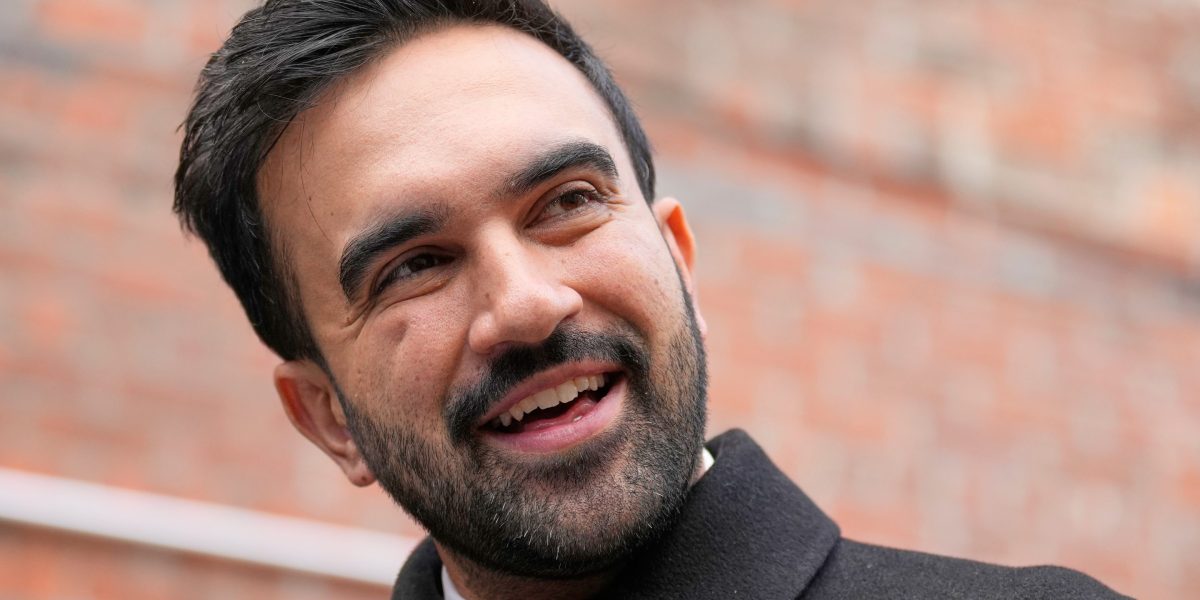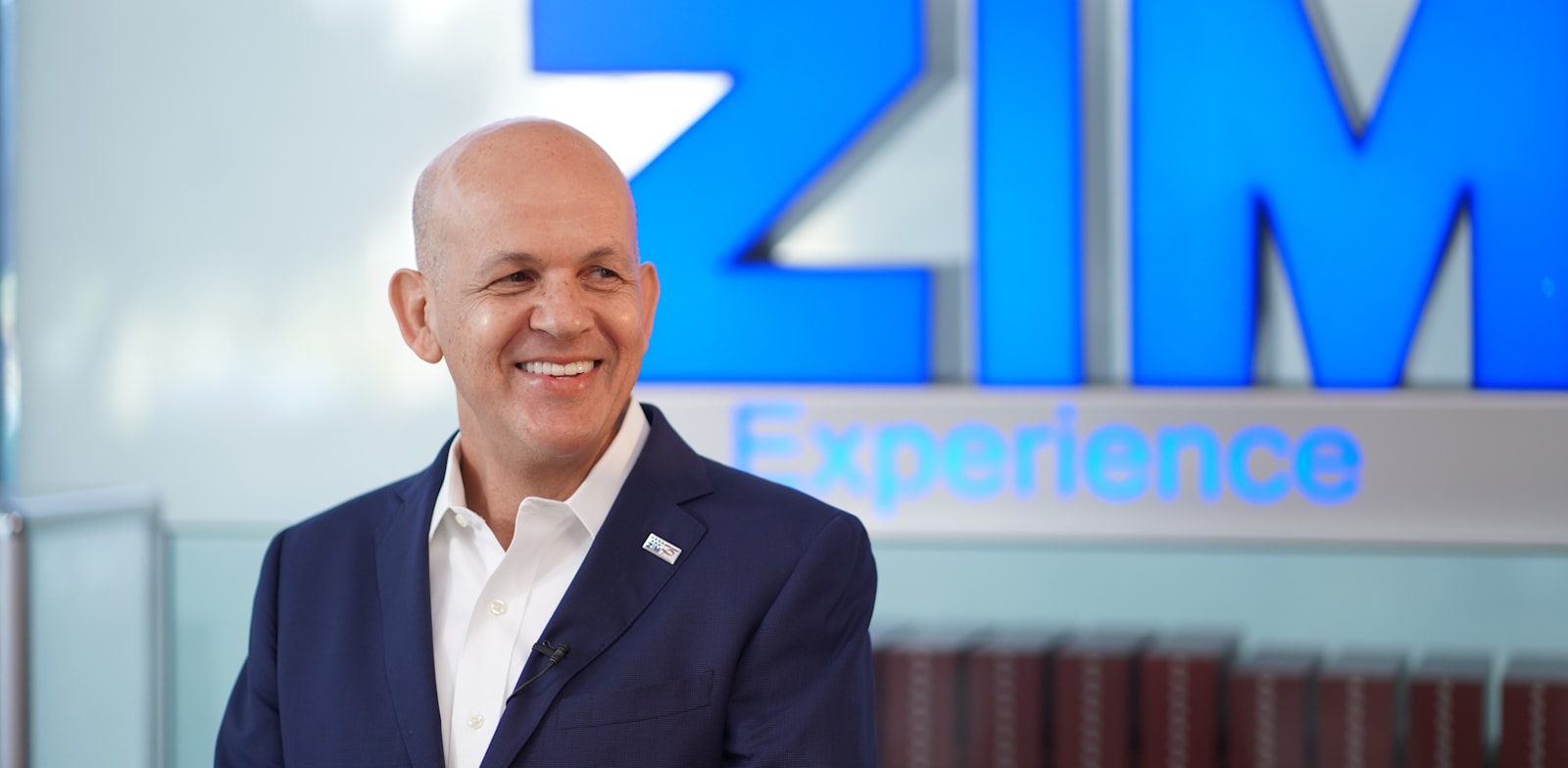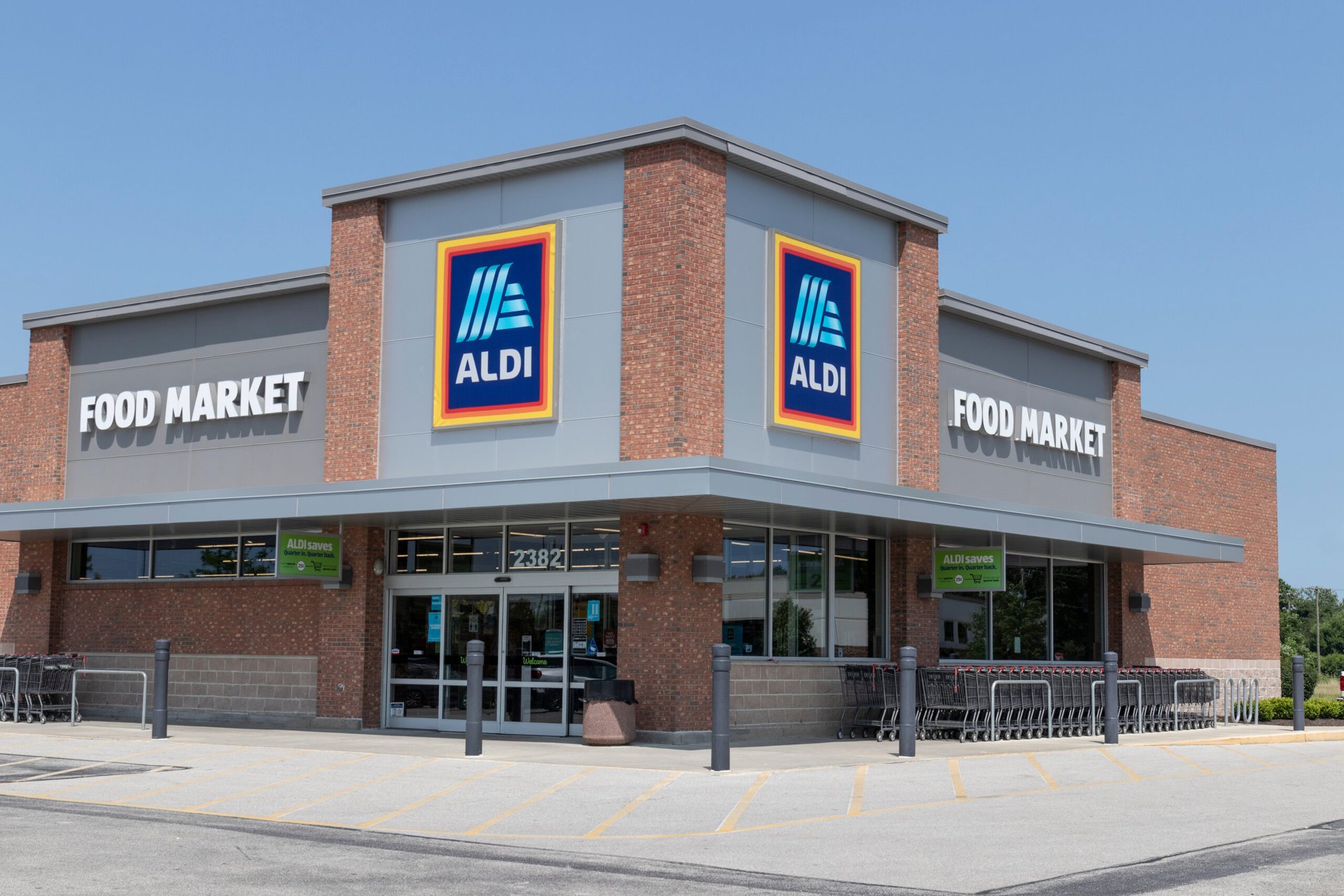Europe’s healthcare sector faces a dual challenge: delivering high-quality care while managing rising energy costs and reducing carbon emissions. Hospitals and clinics are energy-intensive operations – spending between €2,200 and €3,900 per bed annually on energy. That equates to roughly 2.1–10% of operating expenses, depending on the facility, and represents a significant strain on already tight budgets.
This energy demand not only drives up costs but also contributes to the sector’s considerable carbon footprint. According to the European Commission (EC), health and social work activities accounted for roughly 1.5% of the EU’s final energy consumption in 2023.
For healthcare providers operating within decentralised systems – where levels of investment and infrastructure vary – the scale of transformation needed can feel overwhelming. Ambitious projects, such as the NHS’s largest heat pump installation to date – expected to save 500 tonnes of CO₂ in its first year alone – are powerful examples but often remain out of reach for these more fragmented systems.
Yet with the right combination of innovative thinking and creative financing, healthcare providers can adopt sustainable technologies and achieve both environmental and operational benefits.
To overcome traditional funding barriers, many providers are turning to more flexible financial models. Leasing, and increasingly, product-as-a-service (PaaS), are emerging as alternatives to capital-intensive purchasing – offering new ways to access both medical equipment and sustainable technologies.
PaaS, while still relatively new to the healthcare sector, allows providers to pay for the service or outcome a product delivers rather than owning it outright. This replaces large upfront capital expenditures with predictable, subscription-style payments. These can be structured around usage patterns, service levels or capacity needs – making them particularly well-suited to healthcare’s often constrained operating environments.
Beyond financial flexibility, these arrangements often include maintenance, software upgrades, and insurance, helping to ensure equipment remains operational and up-to-date. For example, advanced diagnostic technologies such as MRIs or CT scanners can be accessed through a subscription-based arrangement that incorporates servicing and technological updates, allowing costs to better reflect actual usage.
PaaS and leasing contracts can be tailored in multiple ways, including usage-based fees, fixed monthly payments, or tiered capacity arrangements. Contracts often include mechanisms to manage cost fluctuations over multi-year terms, such as adjustments tied to inflation, regulatory changes, or utilisation rates. This flexibility is especially valuable for providers who cannot rely on large centralised budgets, helping them adopt critical technologies while keeping cash available for clinical priorities.
Flexible financing models can also support decarbonisation. By bundling maintenance, upgrades, and performance monitoring, this encourages longer equipment lifespans and incentivises energy-efficient design. While not a one-size-fits-all solution, leasing and PaaS are part of a broader toolkit for reducing emissions in a financially sustainable way.
Service-based models become even more effective when paired with public-private partnerships (PPPs). These collaborative frameworks are critical to accelerating green technology adoption in healthcare, particularly in systems where capacity is limited and infrastructure investment is complex.
A notable example is Sweden’s New Karolinska Solna hospital, developed through a long-term partnership between Stockholm County Council and a consortium of private firms. In its first phase, 99.7% of the hospital’s energy came from renewable sources, including district heating and cooling, geothermal systems, and recycled ventilation energy. The hospital’s adaptable design also allows emerging green technologies to be integrated over time, demonstrating how collaborative approaches can deliver both operational and environmental benefits.
Across Europe, similar partnerships are enabling clean energy installation and sustainable facility management solutions, showing how structured partnerships can break through the financial and structural barriers to decarbonisation.
Europe’s healthcare market is still evolving and shows strong signs of momentum. In Q1 2025, healthcare and biotech received $4 billion in venture capital, accounting for nearly a third of all European VC activity that quarter. This demonstrates strong investor interest, though most capital remains concentrated in early-stage ventures.
Private equity and institutional investors can play an important role here in scaling decarbonisation efforts. Projects that combine improved patient care with measurable environmental impact – from energy-efficient hospital renovations to renewable-powered diagnostic centres and electrified medical transport – are increasingly attractive opportunities.
Green healthtech companies – such as those focused on sustainable diagnostics, low-carbon infrastructure, or circular medtech – can especially benefit from PaaS models. For these businesses, PaaS offers the flexibility needed to grow, while aligning stakeholders around efficiency, asset lifecycle management, and long-term sustainability goals.
Europe’s healthcare sector is under pressure to cut carbon emissions at the same time budgets are becoming tighter than ever. But the transition to a more sustainable future does not depend solely on major government programmes or large-scale investments.
Through innovative and flexible approaches to financing, providers can access green technologies and critical equipment without compromising patient care or operational budgets. These models won’t solve every challenge, but they demonstrate how thoughtful structuring of financial and operational arrangements can support both environmental and high-quality care.
With strategic investments, Europe’s healthcare systems can become more resilient, more efficient and significantly greener – proving that sustainability and quality healthcare can go hand in hand.
“Healthcare’s energy transition needs creative financing” was originally created and published by Hospital Management, a GlobalData owned brand.
The information on this site has been included in good faith for general informational purposes only. It is not intended to amount to advice on which you should rely, and we give no representation, warranty or guarantee, whether express or implied as to its accuracy or completeness. You must obtain professional or specialist advice before taking, or refraining from, any action on the basis of the content on our site.


























